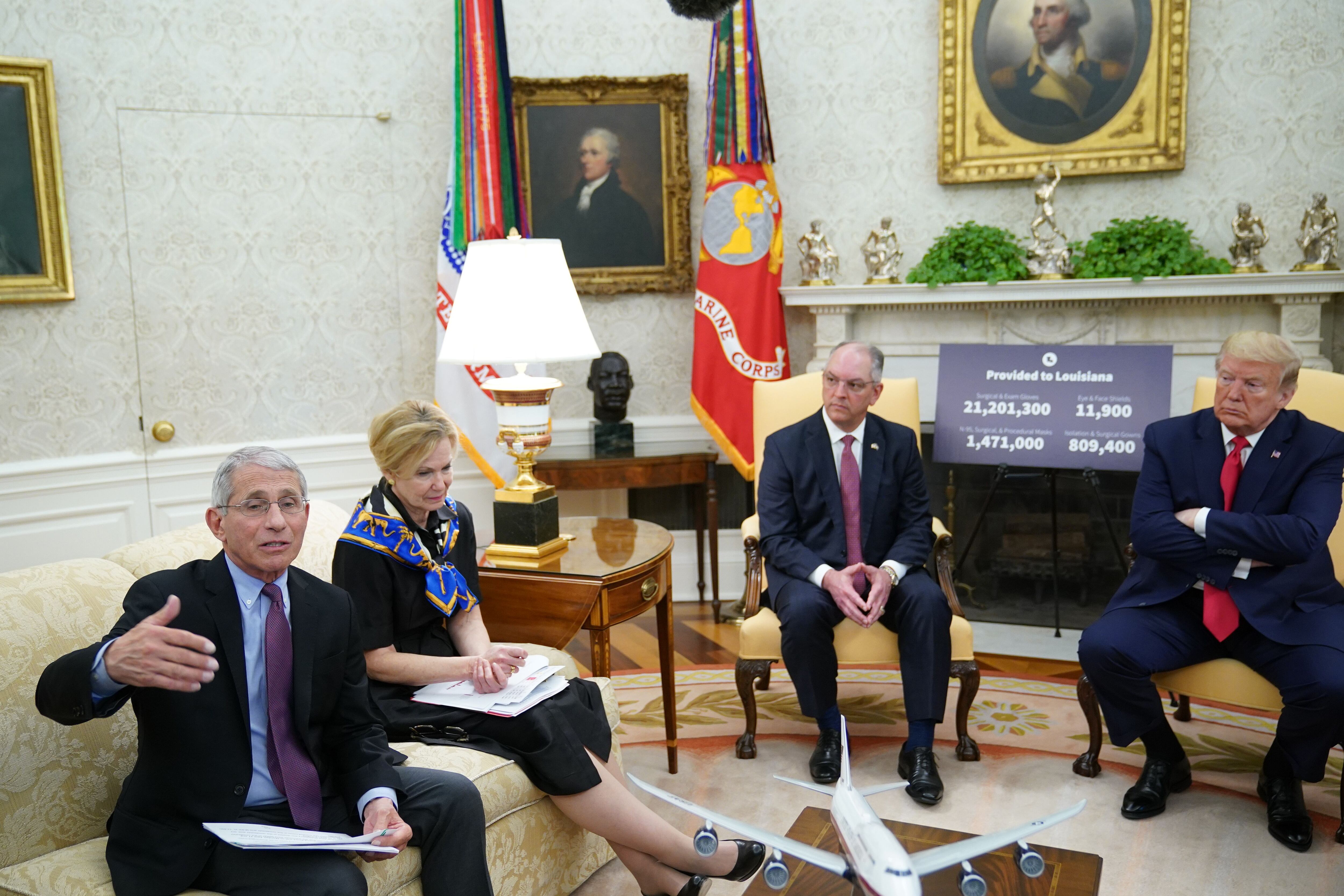The Centers for Disease Control and Prevention has released new guidance about when schools should reopen — but the brief “decision tree” seems unlikely to offer much to school officials looking for clarity.
The CDC document is a single page, and suggests that officials consider three questions before deciding to reopen: Is doing so consistent with state and local directives? Can the school protect at-risk staff and students? Can staff and students be screened for symptoms and prior exposure to the coronavirus?
But it does not offer details about how schools should protect or screen staff and students. Those decisions are likely to be fraught — if a large number of staff members are hesitant to return to school buildings, for example, or if local health officials disagree with orders from state or local political leaders.
The CDC guidance then offers a number of common-sense tips for schools, like “encourage anyone who is sick to stay home” and “promote healthy hygiene practices such as hand washing.”
The document is different than a draft prepared by CDC but withheld by the Trump administration, reflecting Trump’s focus on economic rather than public health concerns.
The prior version, obtained by the Associated Press, tells schools only to reopen if they are in communities “no longer requiring significant mitigation.” If they do reopen, the shelved version says, schools should “be ready to close if there are increased cases.”
Both points are omitted in the published documents.
Another draft document prepared by the CDC and obtained by the AP, offers much more detailed guidance for schools. For instance, it suggests that reopened schools restrict non-essential visitors, offer virtual learning and working options for high-risk staff and students, minimize sharing of supplies, and close communal areas, like playgrounds, if possible.
Former CDC acting director Richard Besser criticized the released guidance as too vague to be useful. “These guidelines are high level principles,” he said on CNN. “That’s not what people need.”
The head of the national school superintendents associations is urging district leaders to follow the leaked, rather than official, CDC guidance, reported U.S. News.
Research prior to this pandemic suggests closing schools hurts student learning and the economy, but can also help prevent the spread of disease, potentially saving lives. Public health officials, including Dr. Anthony Fauci, have urged caution in reopening schools.
“We’ll just have to see on a step-by-step basis,” Fauci said during a Senate hearing earlier this week. “We have a very large country, and the dynamics of the outbreak are different in different regions of the country, so I would imagine that situations regarding school will be very different in one region versus another.”
President Trump quickly criticized Fauci’s testimony, and pushed for schools to reopen. “I think you should absolutely open the schools, he said. “I don’t consider our country coming back if the schools are closed.”







